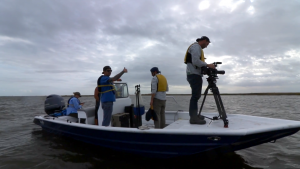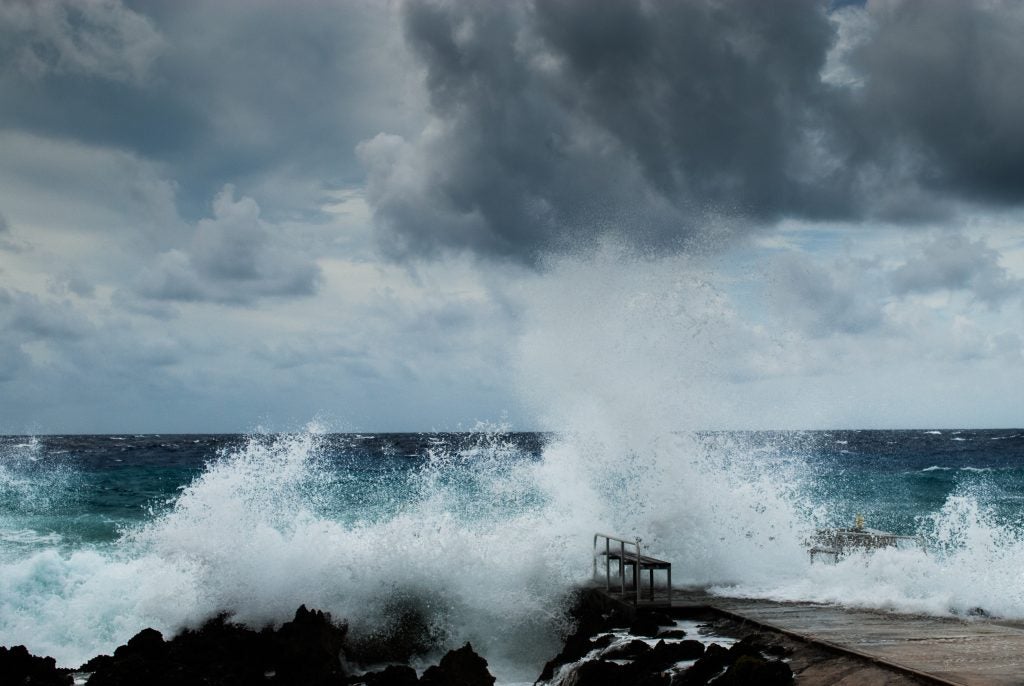Last year’s hurricane season was the most destructive disaster season in U.S. history, causing $265 billion in damage and forcing more than one million Americans from their homes.
As climate change causes weather to get more extreme, coastal communities across the country are struggling to find cost-effective solutions to enhance their resiliency to storms and develop new ways to finance that work.
How can we help make coastal communities more resilient more quickly? How can we engage the private sector in coastal resiliency efforts and generate a financial return for investors?
Together with my EDF colleagues and partners, I set out to explore how one innovative financing mechanism – environmental impact bonds – might help. Read More












